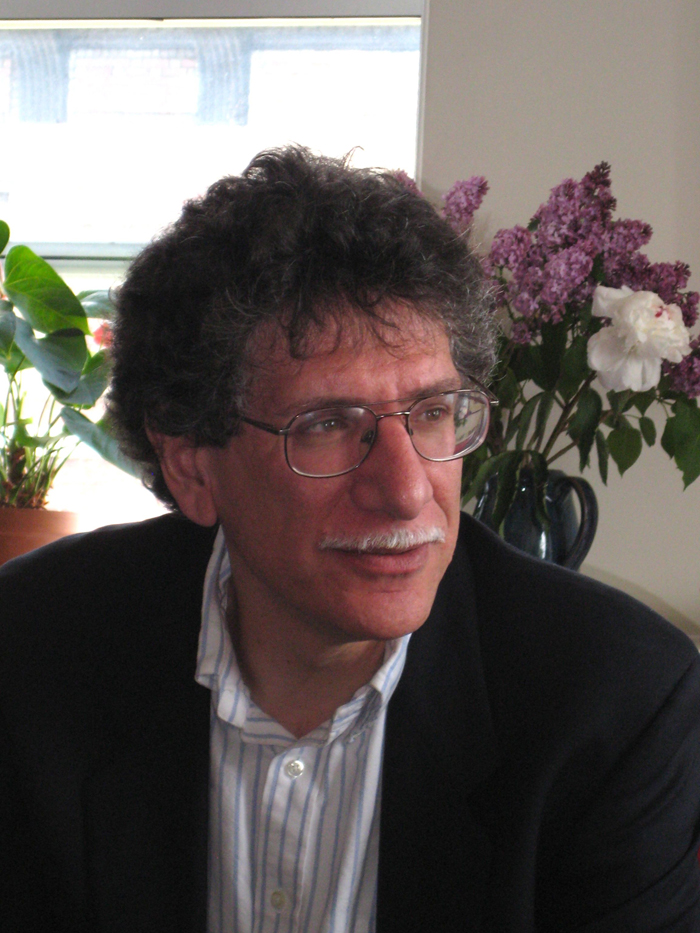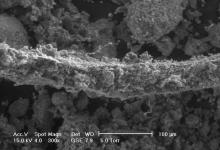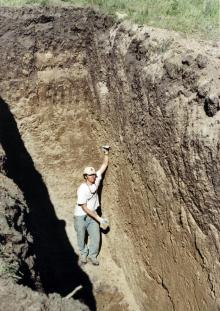
UCSB Researcher Receives $600,000 NSF Award for Study of Soil and Carbon Sequestration


It's common knowledge that plants are major players in the field of carbon sequestration, the process of removing the greenhouse gas from the air and storing it. But what might not be so commonly known is that the Earth's soil contains more organic carbon than all the plants that live on it.
"Most of the carbon that a plant takes out of the atmosphere goes below ground," said Joshua Schimel, chair of UC Santa Barbara's Department of Environmental Studies, and professor in the Department of Evolution, Ecology and Marine Biology. That significant factor is at the heart of his paper, "Collaborative Research: Controls over C sequestration: Physiology vs. Physics," which has received a $607,635 award from the National Science Foundation.
Schimel, along with co-principal investigators Patricia Holden, a professor at the Bren School of Environmental Science & Management, and former EEMB postdoctoral researcher Sean Schaeffer, now an assistant professor at the University of Tennessee in Knoxville, will be studying the physical processes that influence carbon sequestration in soil, including the access of microorganisms (bacteria and fungi) to carbon, and how they use it.
"We're looking at the biological processes, but they're completely regulated by the physical structure of the soil," said Schimel. The researchers will be looking for the effect of the presence or absence of water on the microbe's physical ability to access and consume carbon.
One hypothesis suggests that water helps diffuse carbon throughout the soil to put it within reach of the microorganisms.
"It's like with a kid and you put the cookies on a shelf," he said. "Carbon is just physically too far away or trapped in an aggregate…but when you wet the soil, it's like flooding the room and redistributing everything. Now it's like, ‘Oh, wait, now there are cookies on the floor right next to me; I'll eat those.'"
Other aspects of his research include drought or overabundance of water on carbon-consuming microorganisms, and the role of enzymes, waste, and other byproducts microorganisms may produce as they process carbon.
Schimel and his co-principal investigators will be joined in this collaborative research by interdisciplinary graduate student researchers, as well as undergraduate students, who will be exposed to the research environment at the 5,896-acre Sedgwick Reserve in Santa Ynez.
Aside from the knowledge he hopes to gain on the little-understood processes that go on in the ground below our feet, Schimel also anticipates a clearer picture of what the soil can do to clear the air.
"What I hope will come out of this is a better understanding of how carbon is stored or released from soil. There's a lot of hope that we can use sequestration in soil as at least one of the tools for limiting global warming," he said.
Further outreach is planned as part of the project through the Sedgwick Reserve's center for public education, where researchers have been and will continue to make presentations to the public about soils and their importance to society. The information they gather will be included in updates to the reserve's educational programs, and members of the research team will continue to mentor local K-12 students with programs and demonstrations on soil ecology.
† Center image: An electron micrograph image shows the spatial structure of soil around a dead root with a fungus growing from it
Credit: Micro-Environmental Imaging and Analysis Facility (MEIAF), Bren School of Environmental Science & Management
†† Bottom image: Noah Fierer, a Ph.D. student in the Schimel Lab from 1997-2003, stands in a trench dug to investigate the composition and diversity of bacteria in soil that changes in environment with depth
Related Links



